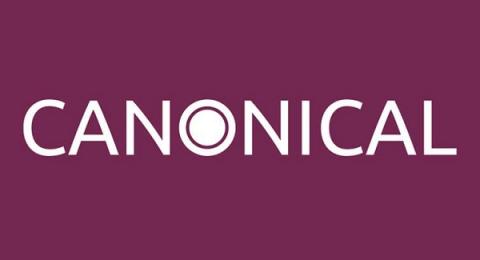"Industrial Pi" Use Cases with Ubuntu and AMD
DFI’s GHF51 mini industrial-grade motherboard, and the EC90A-GH mini fanless industrial computer, are the world’s first industrial computer products that have passed the Ubuntu IoT hardware certification and are equipped with high-performance AMD processors.










